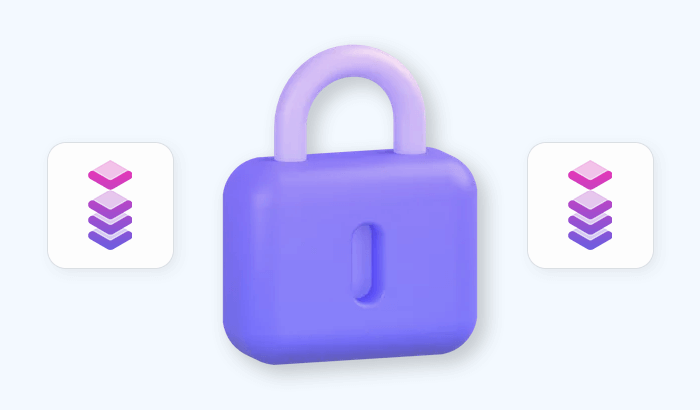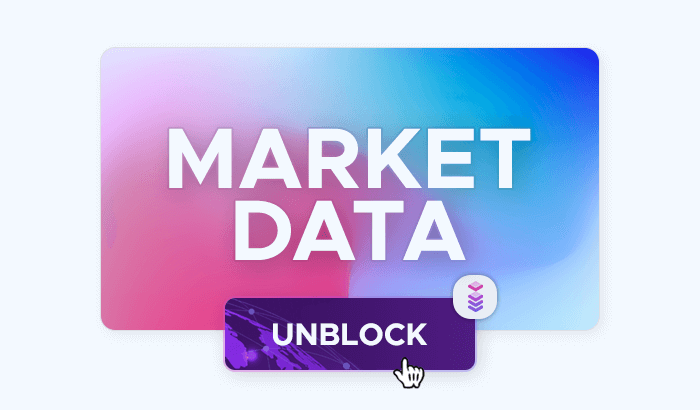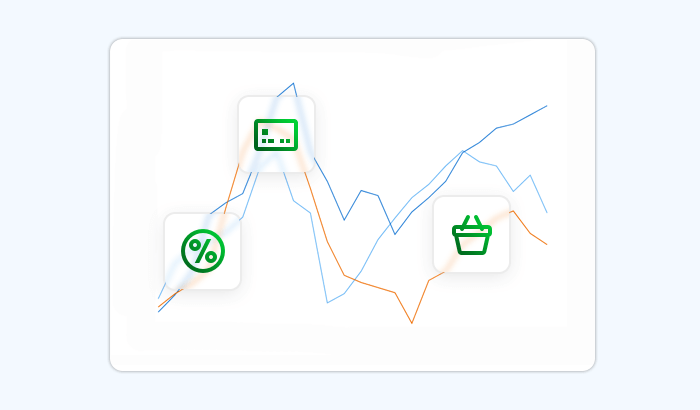

For decades, the internet has run primarily on IPv4, a protocol introduced in the early 1980s. But as the number of connected devices has exploded, a newer version – IPv6 – has emerged to meet modern demands. The transition from IPv4 to IPv6 is one of the most complex shifts in internet infrastructure, affecting everything from home networks to enterprise systems and large-scale data collection efforts. In this article, we’ll break down the technical differences between IPv4 and IPv6, explore why the world hasn’t fully transitioned yet, and discuss the real-world implications for businesses, developers, and data professionals.
What is IPv4?
IPv4, or Internet Protocol version 4, is the fourth version of the Internet Protocol – and the first one to be widely deployed at a global scale. Introduced in 1981, it became the backbone of the internet as we know it today, enabling billions of devices to communicate across networks.
How IPv4 Works
At its core, IPv4 provides a unique numerical identifier – known as an IP address – to each device on a network. This address allows data packets to be routed from one device to another across the internet. An IPv4 address consists of 32 bits, usually expressed in dotted-decimal format, such as:
192.168.1.1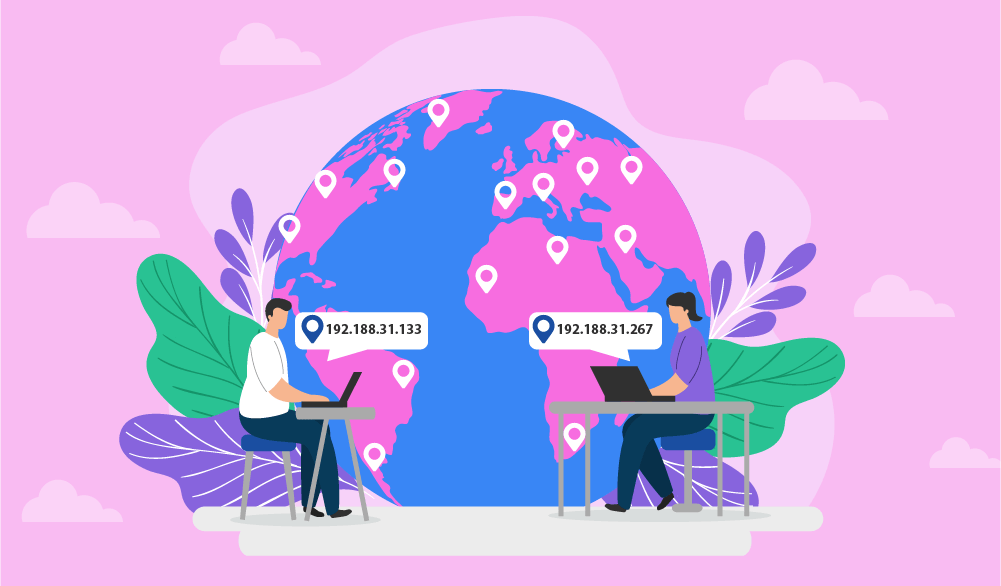
Each address is divided into four octets (8-bit sections), with values ranging from 0 to 255. This structure allows for approximately 4.3 billion unique IP addresses (2³² addresses).
Limitations of IPv4
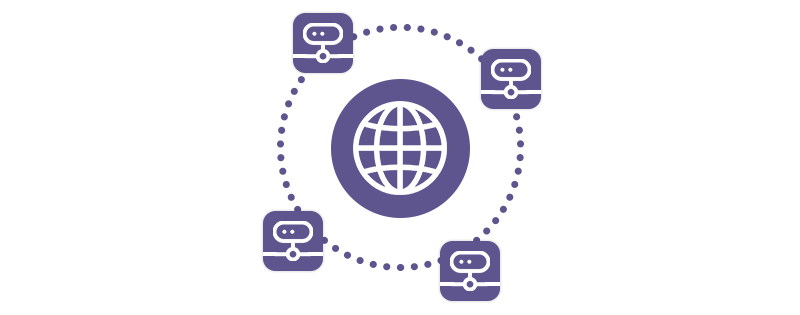
When IPv4 was first developed, 4.3 billion addresses seemed more than sufficient. But with the rise of mobile devices, smart home systems, and connected industrial equipment, the global demand for IP addresses quickly outpaced the supply. As a result, several workarounds were introduced, such as:
- NAT (Network Address Translation): Allows multiple devices to share a single public IP
- CIDR (Classless Inter-Domain Routing): Enables more efficient allocation of IP address blocks
These solutions helped stretch the limits of IPv4, but they also introduced complexity and hindered direct device-to-device communication.
Why IPv4 Is Still Widely Used
Despite its limitations, IPv4 remains dominant in many parts of the world. The reasons include:
- Legacy systems: Most websites, apps, and enterprise systems are built to work with IPv4
- Established infrastructure: Routers, firewalls, and software tools are often optimized for IPv4
- Transition costs: Moving to IPv6 requires investment in hardware upgrades, staff training, and compatibility testing
For these reasons, IPv4 is still widely supported – especially in industries like web scraping, advertising, and online testing, where IP-based tracking and routing are common.
What is IPv6?
IPv6, or Internet Protocol version 6, is the successor to IPv4 – designed to solve its most pressing limitation: the shortage of available IP addresses. Developed by the Internet Engineering Task Force (IETF) and officially launched in 1998, IPv6 provides a far more scalable and modern framework for the internet’s continued growth.
How IPv6 Works
Unlike IPv4’s 32-bit address structure, IPv6 uses 128 bits, which allows for a staggering 340 undecillion unique IP addresses – that’s 2¹²⁸, or approximately 340 trillion trillion trillion. This virtually unlimited pool means every device on Earth can have its own unique IP address, with room to spare for the expanding Internet of Things (IoT).
An IPv6 address is typically written in hexadecimal notation and divided into eight groups, like this:
2001:0db8:85a3:0000:0000:8a2e:0370:7334To simplify, IPv6 allows for address compression, so the example above could also appear as:
2001:db8:85a3::8a2e:370:7334Advantages of IPv6
Beyond the massive address space, IPv6 introduces several improvements over IPv4:
- No need for NAT: Devices can communicate directly, simplifying network architecture
- Built-in security features: IPsec is integrated into the protocol for end-to-end encryption
- Simpler packet processing: IPv6 has a more efficient header format for faster routing
- Automatic configuration: Supports stateless address autoconfiguration (SLAAC), reducing reliance on DHCP
- Better multicast support: Enables more efficient data distribution to multiple recipients
These features make IPv6 not only a solution to address exhaustion but also a foundation for a faster, more secure, and more efficient internet.
Key Differences Between IPv4 and IPv6
While both IPv4 and IPv6 serve the same core function – identifying and routing devices on a network – they differ in many fundamental ways:
| Feature | IPv4 | IPv6 |
|---|---|---|
| Address Length | 32 bits | 128 bits |
| Address Format | Decimal (e.g., 192.0.2.1) | Hexadecimal (e.g., 2001:0db8::1) |
| Total Addresses | ~4.3 billion | ~340 undecillion (2¹²⁸) |
| Header Complexity | More complex, variable length | Simplified, fixed length |
| NAT Requirement | Commonly used to conserve addresses | Not required; each device can have a unique IP |
| Configuration | Manual or DHCP | Stateless auto-configuration (SLAAC) |
| Security | Optional (IPSec not built-in) | IPSec support is mandatory |
| Packet Routing | Often slower due to NAT and overhead | More efficient due to simplified headers |
| Compatibility | Supported by most systems and websites | Not yet universally supported |
Why IPv6 Adoption Is Still Slow

Despite being introduced over two decades ago, IPv6 adoption has been far from rapid. While the protocol solves critical issues like address exhaustion and introduces modern networking features, its real-world deployment remains uneven across regions and industries. So, why hasn’t the world fully transitioned to IPv6 yet?
Compatibility with Existing Infrastructure
One of the biggest barriers to adoption is the deep integration of IPv4 into the global internet infrastructure. Everything from websites and applications to routers and operating systems was initially built around IPv4. Upgrading or replacing this infrastructure can be time-consuming, costly, and technically complex – especially for large organizations or government systems with legacy hardware and software.
Dual-Stack Complexity
During the transition phase, most networks must operate in dual-stack mode, supporting both IPv4 and IPv6 simultaneously. While this ensures compatibility, it also adds administrative overhead, increases the risk of misconfiguration, and complicates network management. Many organizations choose to stick with IPv4 to avoid this complexity.
Lack of Immediate ROI
From a business perspective, switching to IPv6 doesn’t always deliver a clear short-term return on investment. IPv4 continues to “work just fine” for many operations, especially when combined with technologies like NAT (Network Address Translation) and proxy services that extend the usability of existing IPs. Unless an organization faces specific address limitations or scalability issues, the motivation to migrate often feels low.
Slow Adoption by ISPs and Hosting Providers
For end users and developers to fully leverage IPv6, internet service providers (ISPs), data centers, and hosting platforms must support it. While adoption is growing – particularly in mobile and emerging markets – many providers still rely primarily on IPv4. This limits the reach and practicality of IPv6-based applications.
Application and Service Compatibility
Some legacy applications and online services still don’t support IPv6, or they may not perform as reliably as they do over IPv4. Developers may face issues with DNS resolution, geolocation, or API behavior that differs between protocols. As a result, many companies delay migration to avoid troubleshooting these inconsistencies.
What This Means for You
Whether you're managing a global website, building a data collection pipeline, or running automation tools, understanding these limitations is key. IPv6 is undoubtedly the future – but IPv4 isn’t going away anytime soon. In fact, many data-driven workflows still rely heavily on IPv4 due to its ubiquity and broader support.
For tasks like web scraping, ad verification, or accessing geo-restricted content, maintaining access to large pools of both IPv4 and IPv6 addresses – often via proxy networks – ensures you’re prepared for either environment. We’ll explore this further in the next chapters.
Use Cases: When and Why IPv4 or IPv6 Matters
While IPv4 and IPv6 both enable internet connectivity, they come into play differently depending on the use case. Factors such as device type, region, service compatibility, and scalability needs can influence which protocol is more appropriate.
Geo-targeting and Content Access
Some content providers serve different data based on IP location and protocol. In regions with IPv6-only mobile networks, accessing localized content may require an IPv6 address. Conversely, some platforms block or restrict IPv6 traffic altogether due to poor implementation or security concerns – making IPv4 essential.
Use case example: Ad verification or competitive intelligence tasks often benefit from using region-specific proxies across both protocols to ensure complete coverage.
Bot Detection and Anti-Scraping Systems
Many websites employ advanced systems to detect suspicious behavior based on IP reputation and protocol usage. IPv4 addresses – especially shared or datacenter ones – are more likely to be flagged or rate-limited due to years of accumulated abuse.
In contrast, IPv6 addresses are newer and less likely to appear on blocklists, offering a temporary advantage in evading basic detection mechanisms.
Tip: Rotating between clean IPv4 and IPv6 proxy pools can reduce the risk of bans or CAPTCHAs during high-volume scraping.

Software Testing and Application Development
Developers building modern applications – especially those targeting mobile or IoT environments – need to test how their systems behave over both protocols. This includes DNS resolution, API compatibility, and performance under IPv6 routing.
Solution: Using proxies that support both protocols allows QA teams to simulate different environments without deploying additional infrastructure.
Large-Scale IoT Deployments
IPv6 was designed with massive device networks in mind. In use cases like smart cities, industrial sensors, or autonomous vehicles, IPv6 simplifies device management by eliminating NAT and enabling direct addressability.
While this is less relevant for traditional proxy users, it highlights why future-proofing infrastructure with IPv6 support is a smart long-term move.
Ready to Future-Proof Your Network?
Whether you're scraping data, testing applications, or managing large-scale operations, having access to high-performance IP addresses gives you a strategic edge. Infatica offers scalable proxy solutions designed for reliability and global reach.
Explore our proxy network and see how easily you can adapt to any protocol – today and tomorrow.









